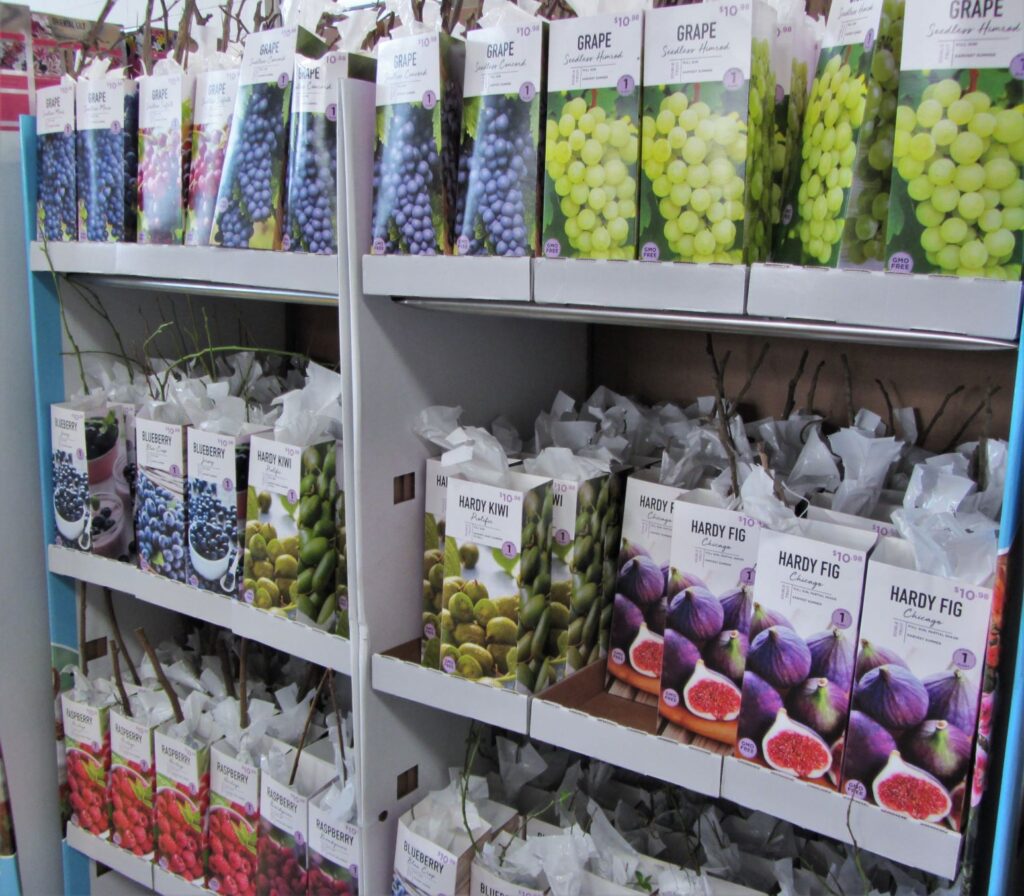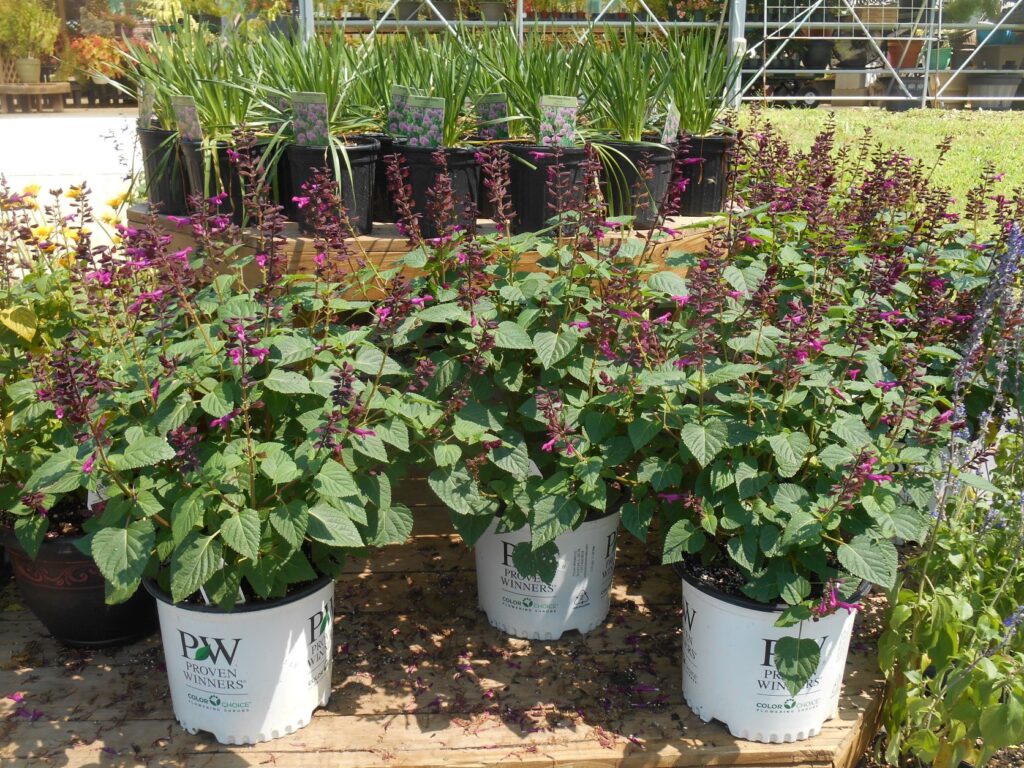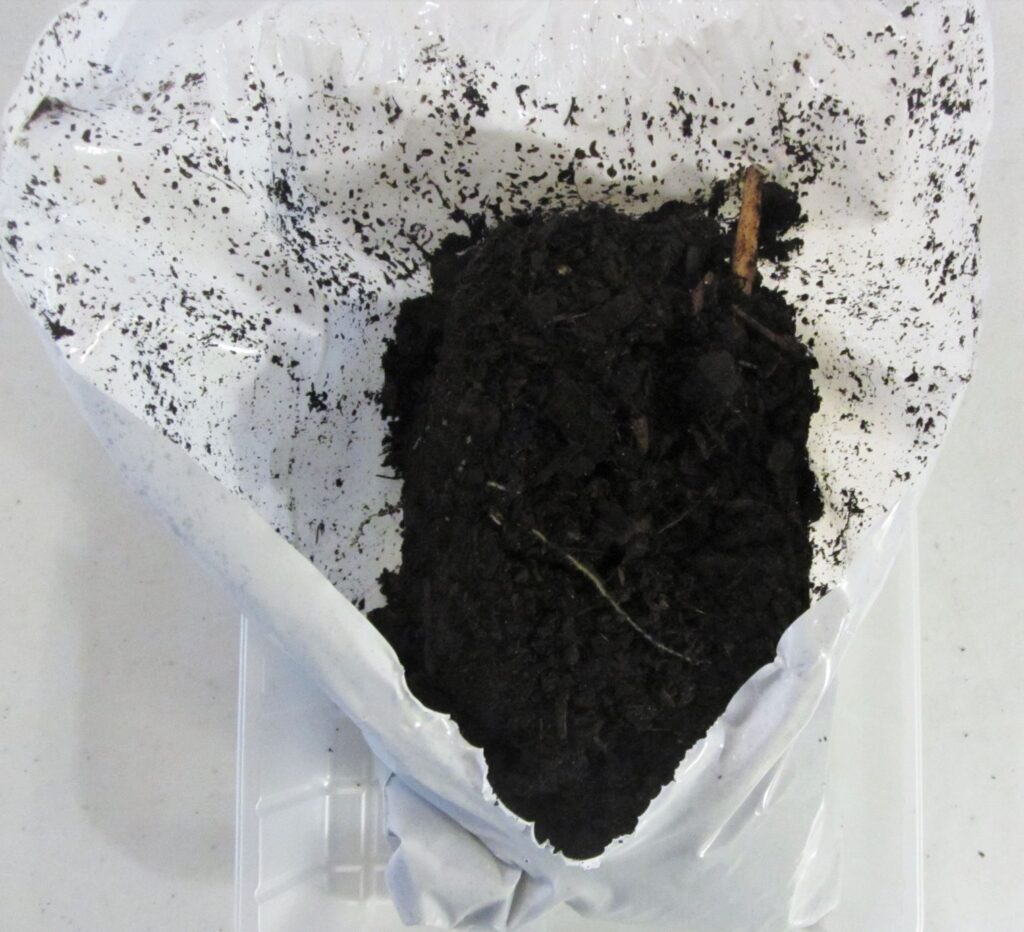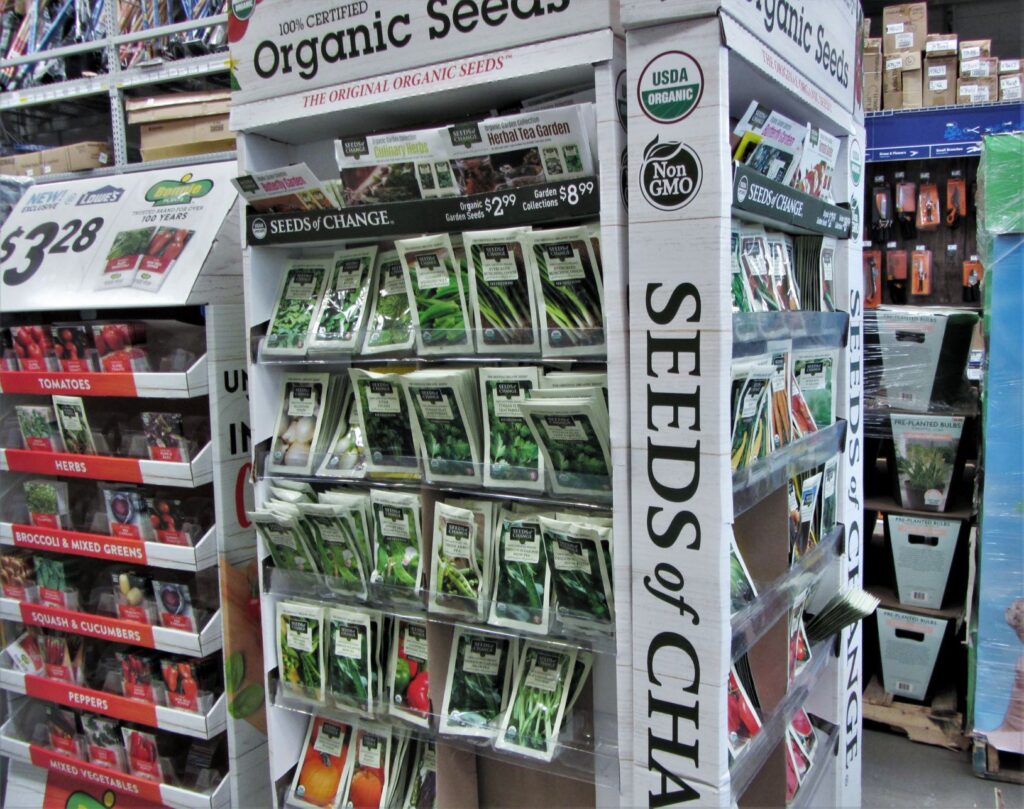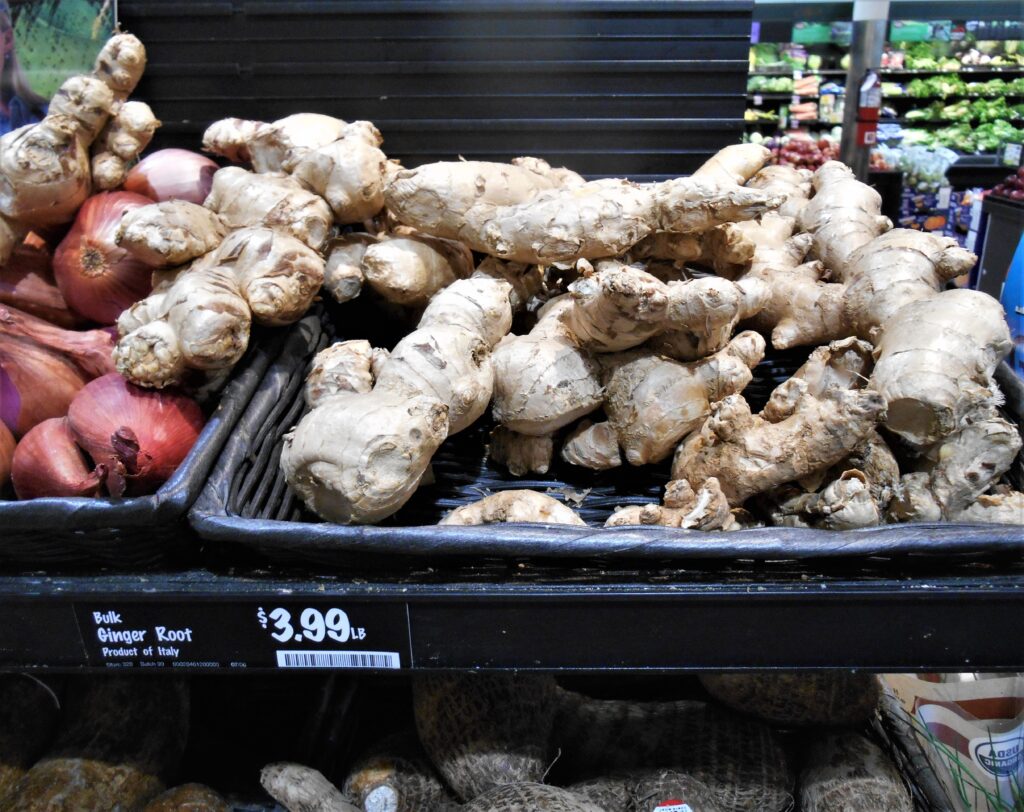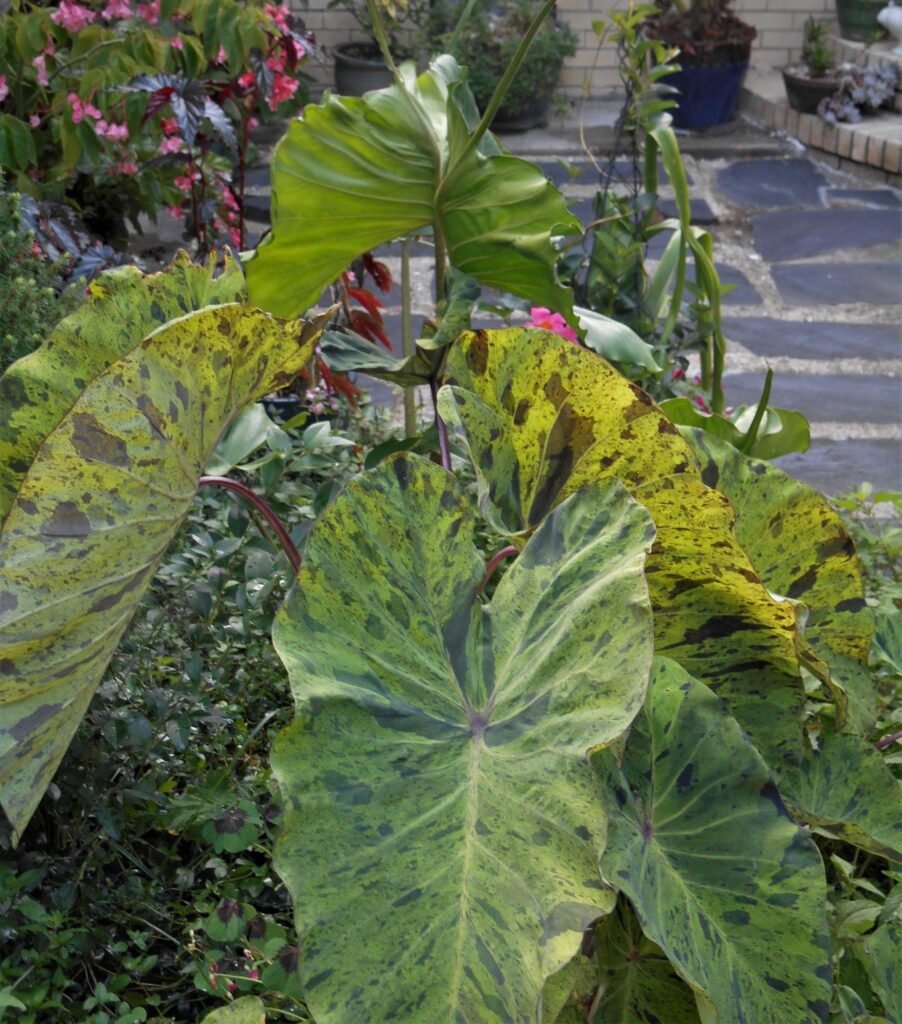Early Spring Gardening- Achieving More with Less
February is the perfect time of year for frugal gardeners to get a head start on the coming season. Winter’s garden magazines and catalogs offer a preview of new cultivars hitting the market. We weigh the merits of melons, tomatoes, Zinnias and Dahlias, working the mental puzzle of what might fit where. Online marketers become our best garden ‘pen pals’ with daily email temptations.
You have probably also noticed how much nursery prices have increased in recent years. I still window shop with my favorite online nurseries to learn about what is available, but usually decide to wait and shop locally once I tally up the bill with the shipping included. Sometimes a plant is so new or so interesting that it feels worth the splurge to order it, because local retailers have to curate what they stock. It may take a few years for new introductions to make it to retailers in our area. Rare varieties, especially flowering trees and shrubs, may not turn up in shops at all. And buying a plant already in growth and bloom reflects the costs involved in producing it.
Costs and Benefits
Many online plant nurseries are small, family run businesses, and need to make a living. The costs of supplies, energy, and shipping continue to rise, too. Then there are other costs we might not even consider. What happens to all those plastic pots, and the shipping cartons once we plant our new acquisitions? What about the fuel expended in shipping plants across country?
Planning ahead, and starting earlier, offers opportunities to achieve more of our gardening goals with less financial investment, and perhaps with lower environmental costs as well. Beginning work with plants at an earlier stage of their growth allows us to get to know the species better and to have more control of each plant’s eventual growth. We also enjoy the deep satisfaction of watching bits and pieces of life grow into gorgeous plants.

Common, popular plants are on sale now as roots, bulbs, corms, or tubers. They are easy to get started ahead of the season.
There are several ways to begin, depending on your goals. And there are ways to grow plants for less throughout the year. I’m going to focus, in this post, on a few strategies for February and March.
Few of us are blessed with a greenhouse and we don’t all have room for a shelving unit equipped with heat mats and grow-lights. These things can help with the process but aren’t required. All that is needed is some space to work, a supply of good potting mix and some empty containers. The containers can even be recycled from other purposes.
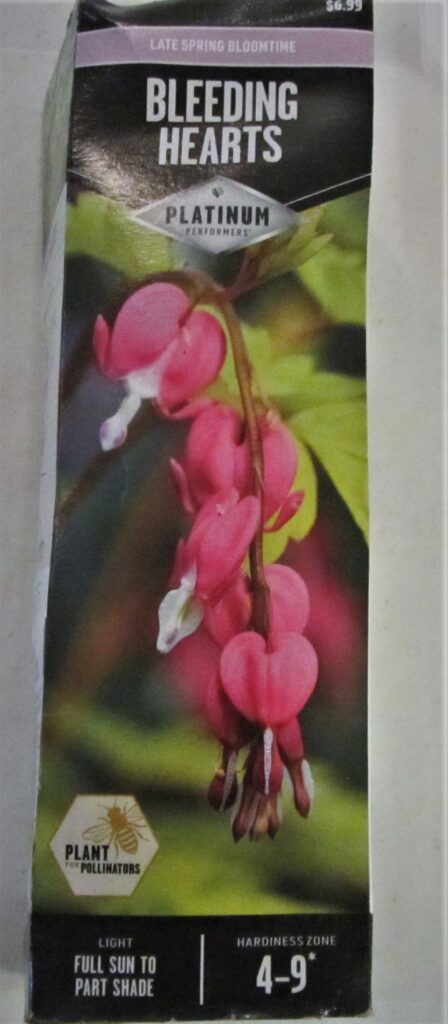
A blooming Dicentra perennial in a gallon pot will cost around $12 to $15 in early summer. It is currently available from a popular online nursery for $21. This one, from a local farm store, cost under $10.
Shop Wisely
The same plant can vary wildly in price depending on where and how you acquire it. The best deals come ‘bare root,’ or even ‘no-root.’ If you are looking for trees or shrubs, it pays to shop around with online bare-root nurseries. When you join or renew your membership with the Arbor Day Foundation, you can select a set of 10 free trees. These mostly native trees arrive bare root, wrapped well, and are ready to plant. Membership also gives you a discount when you order from the Arbor Day online catalog, giving you access to a very large selection of trees and shrubs from a reputable source.
The Virginia Department of Forestry sells a variety of native seedling trees to Virginia residents. Find their catalog here. So long as the trees are hardy to Zone 7, they can be planted at any time during the winter and early spring.
Tips for Handling Bare Root Plants
A wide variety of bare-root herbaceous perennials may be ordered from online nurseries or picked up at local hardware and big-box stores. You may find packs of six or more bare root plants packaged in a plastic bag. If these plants are hardy to Zone 7, they can be planted outside during the winter months. If you want them to leaf out early, then plant them in pots and shelter them in a basement or garage until their leaves emerge. Protect an emerging plant from frost, even if you begin to move the pots outside on warm days to harden them off.
Open the packaging on bare root stock and examine the crown and roots closely. Sometimes new, green stems will have already begun to grow and require careful handling. Snip away any broken bits of root or stem. Look closely for evidence of mold. If the stem or crown is molded or ‘mushy’ return the plant for credit. It will always struggle, even if it lives. If you find mold on a few roots, they can be snipped away.
Soak bare root stock in warm water for two to six hours, depending on how dry the roots appear, to help the plant re-hydrate. Soak bare root plants to stimulate them to ‘wake up’ before planting them in a good potting soil, or in your own mix of topsoil/compost mixed with fine bark mulch. Use 2 or 3 parts soil to one part mulch. You can add a little organic fish emulsion, like Neptune’s Harvest, to the water as new plants soak to get them off to a strong start. Inspect the roots again for damage before you pot up the new plant.
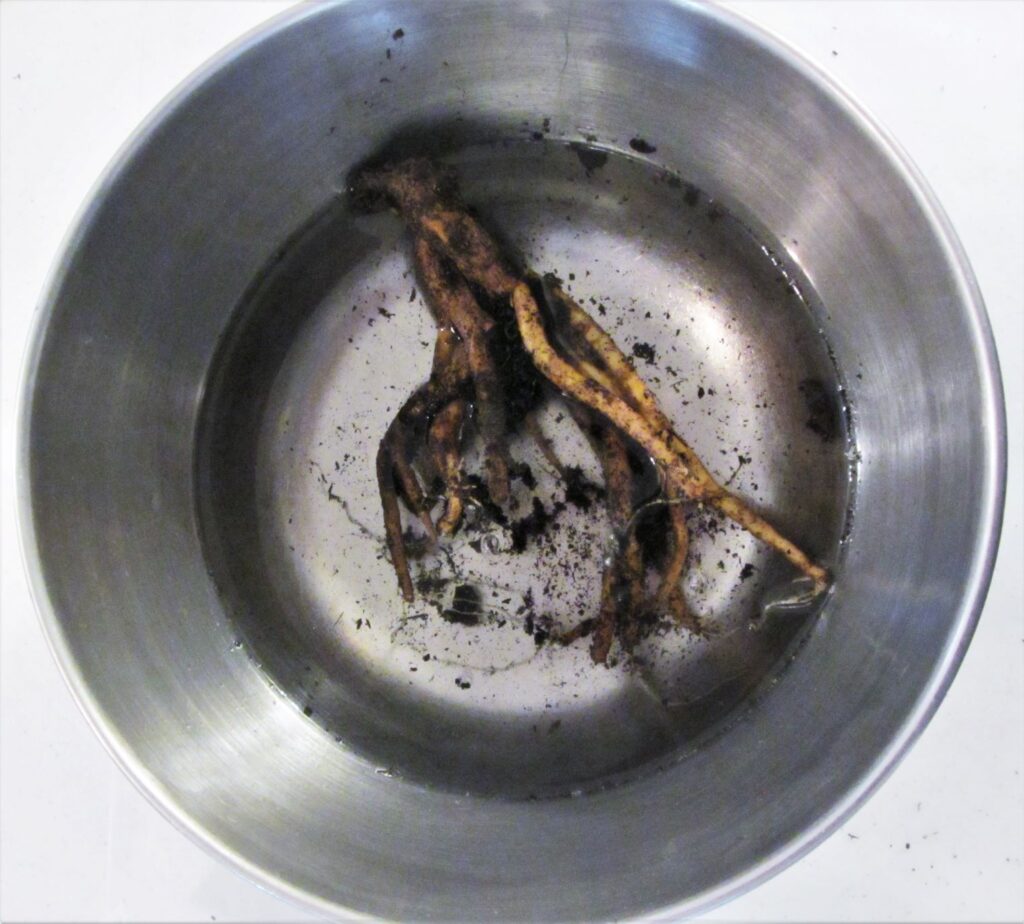
Soak the roots before planting. I added a little Neptune’s Harvest and a bit more water to cover all of the roots. After a good soak, it just fit in a 1 gallon pot. It will begin to grow its roots in the basement this month.
Choose a nursery or clay pot large enough to accommodate the plant’s roots with an inch or two to spare. They should be able to fully extend, without twisting at the bottom of the pot. Spread the roots out evenly on a ‘mound’ of soil in the middle of the pot, and make sure the spot where the roots meet the crown is right at, or just below, the soil level. Instructions should be printed on the package to indicate planting depth. Shake and tap the pot lightly to settle the soil around the roots as you add a little at a time. Take care that there isn’t an air pocket just below the crown.
Water the plant in carefully, adding soil as needed. (Use the soaking water to water in the new plant, especially if it also contains fish emulsion.) Finally, mulch the pot with finely shredded bark mulch, bonsai or orchid mix, or fine gravel to help conserve moisture and keep the plant clean once it begins to grow. This helps control the spread of plant diseases.
Growing On
I place pots with newly planted perennials in a flat or shallow plastic storage box. Soil should be kept moist, but not wet, so the roots don’t rot before new growth appears from the crown. The potted perennials remain in the basement or garage until time to harden the plants off outside.
Potted bare root trees or shrubs can go outside into a shaded, protected place until they begin to leaf out in response to the weather. The trees need to be protected from deer and squirrels at this stage. Trees and fruiting or flowering shrubs may be started in pots, or planted directly where they will grow. Make sure to situate the crown according to directions and to spread mulch over the roots, but away from the trunk.
So Many Choices…
Hostas, various ferns, Dicentra, Gladiolus, Clematis, day lilies, and Oriental, Calla and Canna lilies are common plants offered boxed and bagged in late winter, along with grape vines and berry bushes. You may also find strawberry crowns, asparagus and rhubarb roots and potato starts which can be planted into the garden now. Work some compost into the trench or planting holes, and mulch with an inch or two of compost, especially when planting food-producing plants.
Buying pre-packaged roots and crowns is a very economical way to begin the gardening season. Most of the bare-root perennials grow very quickly once they are planted and look much like the commercial potted plants that will come to market in April and May.
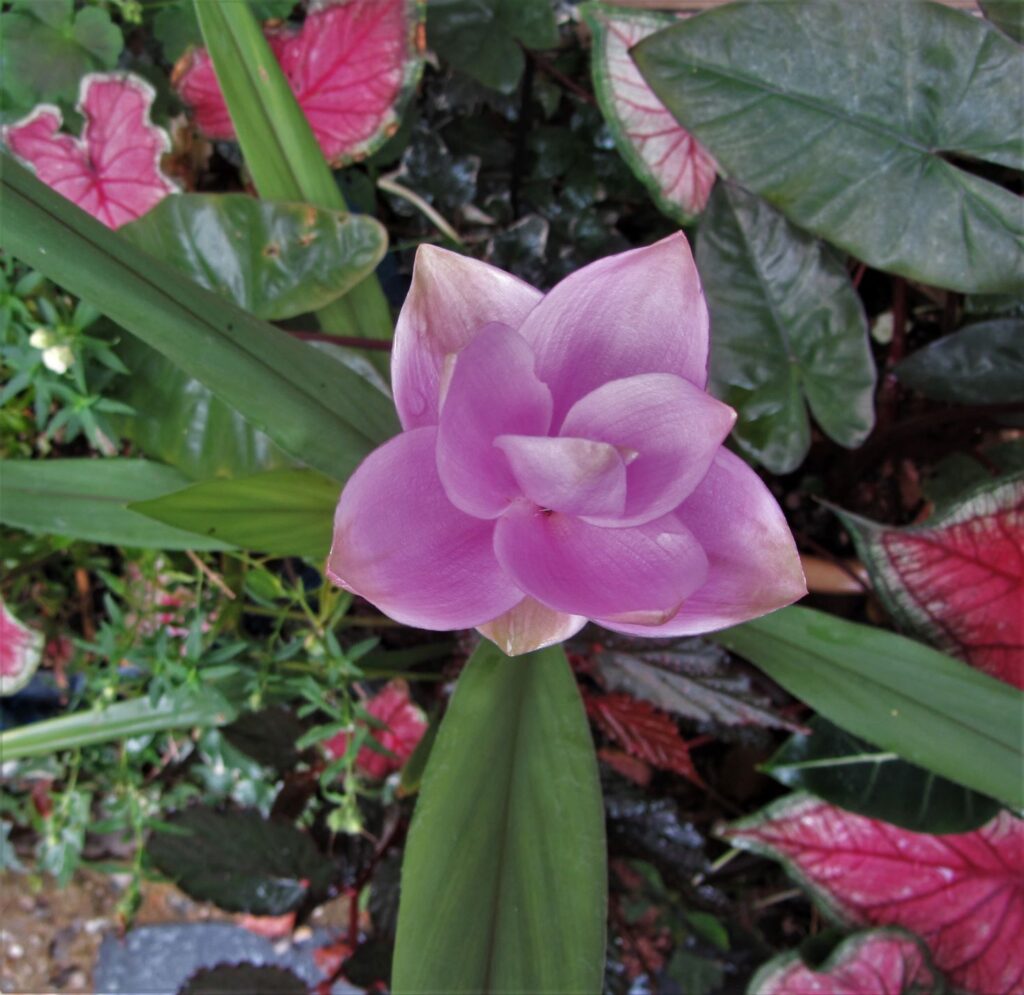
Tropical turmeric, blooming, Caladiums and Alocasia can all be started early indoors to plant out once the weather warms up in early summer.
Tender perennials, like Caladiums, Begonias, Dahlias and Colocasia, will turn up on these same retail displays. Or dormant plants can be ordered from specialty suppliers and growers online. You may pay $3 for a Caladium tuber in late winter, and then find a growing plant of the same variety for close to $10.00 in June. Summer ‘bulbs’ are quite often tender perennials that many folks treat like annuals. You buy them as bulbs, corms, or tubers, without any visible roots or stems. They grow best when the weather heats up.
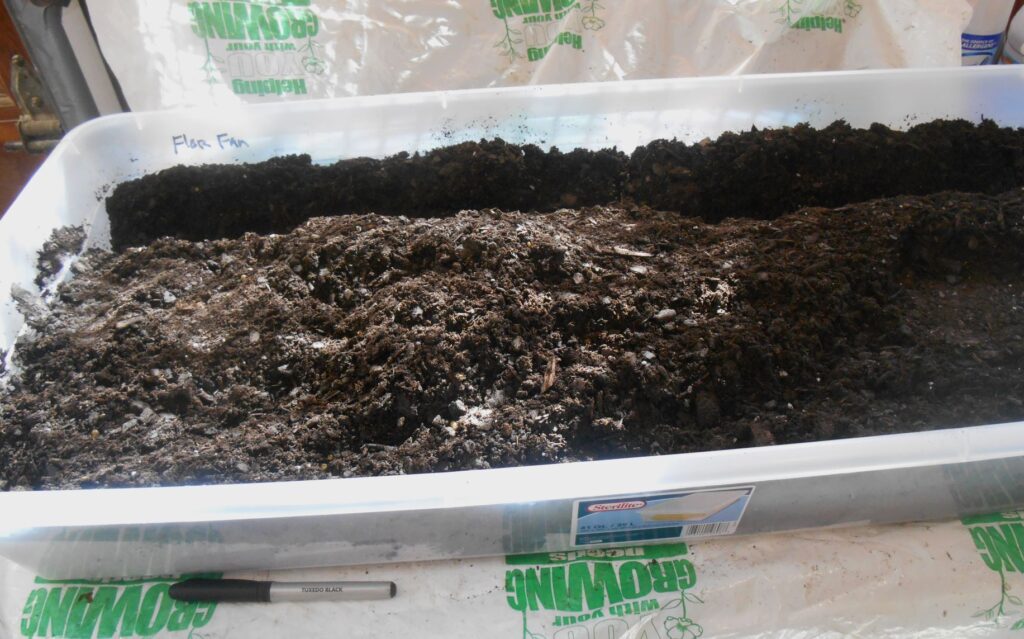
Start Caladium, Calla, Dahlia and other tubers in shallow trays of potting soil. Water lightly after planting and seal the lid on the box until the first leaves emerge. Keep the plants indoors until night time temperatures are in the 50s or 60s. Make your own mix with fine bark and compost or topsoil.
But you can start these indoors, in boxes of potting soil or in individual nursery pots, so they are in leaf and ready to go outside once the weather settles in mid-May. Plant Caladiums inside between mid-March and mid-April. Keep them in a heated room as they begin to grow. Like tomatoes, they don’t like cold soil. Growers suggest waiting until the ground has warmed up to around 60F before planting the tubers in the ground.
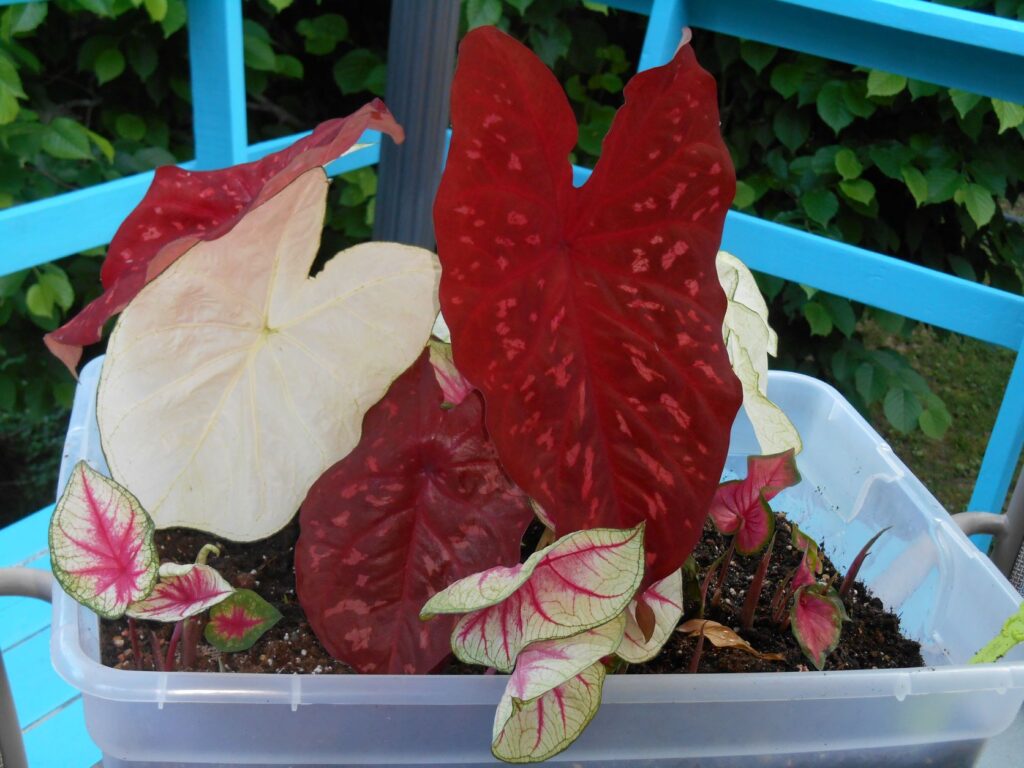
These Caladiums are ready to plant out into beds or pots. Expect to find a much wider selection of varieties from online nurseries.
More Ways to Re-Use and Recycle
Anyone gardening on a shoestring budget will find more ways to save. Start some of these plants indoors in cardboard boxes or wooden or plastic crates lined with plastic bags. Fiber ‘grow bags’ filled with potting soil or compost will support potatoes, tomatoes, strawberries, and many other edible or ornamental plants in a small space. The light cloth bags available at some grocery stores make fine grow bags.
Commercial bagged ‘topsoil’ is much cheaper than name brand ‘potting soil,’ and may be better for starting trees and some vegetables. Mix it with finely shredded hardwood mulch, and your choice of organic fertilizer, to fill large containers or grow-bags that will support plants all season.
Grow interesting annual flowers, herbs and vegetables from seeds. Many perennial seeds will bloom in their first summer of growth, then get larger and more vigorous year to year as they grow. Order seeds online or find them in many retail shops from January through early summer.
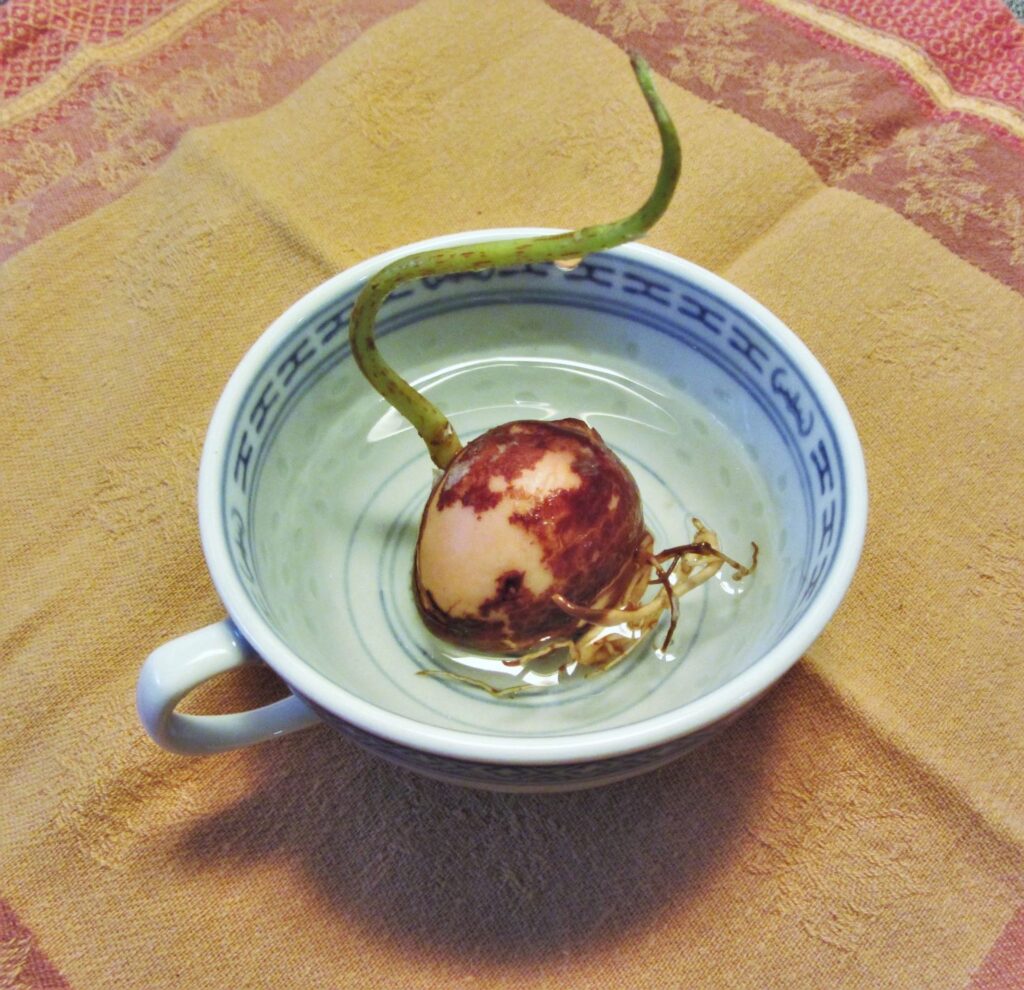
Avocado, Persea americana, is native in Zones 10-12 in Central America and has naturalized in the southern United States. Grow trees from seeds found in the fruits. Trees will need winter protection from frost and three or more trees may be needed for pollination. The trees grow quickly and make attractive houseplants.
Surprising Finds from the Produce Department
Finally, remember to shop the produce department of your grocery store for inexpensive plants. Grow houseplants from saved avocado, date, citrus, pomegranate or tamarind seeds. Start apple or pear seeds to plant outside once the seedling trees have several sets of leaves. Commercial fruit and vegetable varieties are usually cloned hybrids. Their seeds will usually produce plants different from the parent plant, but may still be delicious. If you aren’t growing plants to produce commercial fruit, variations probably won’t matter.
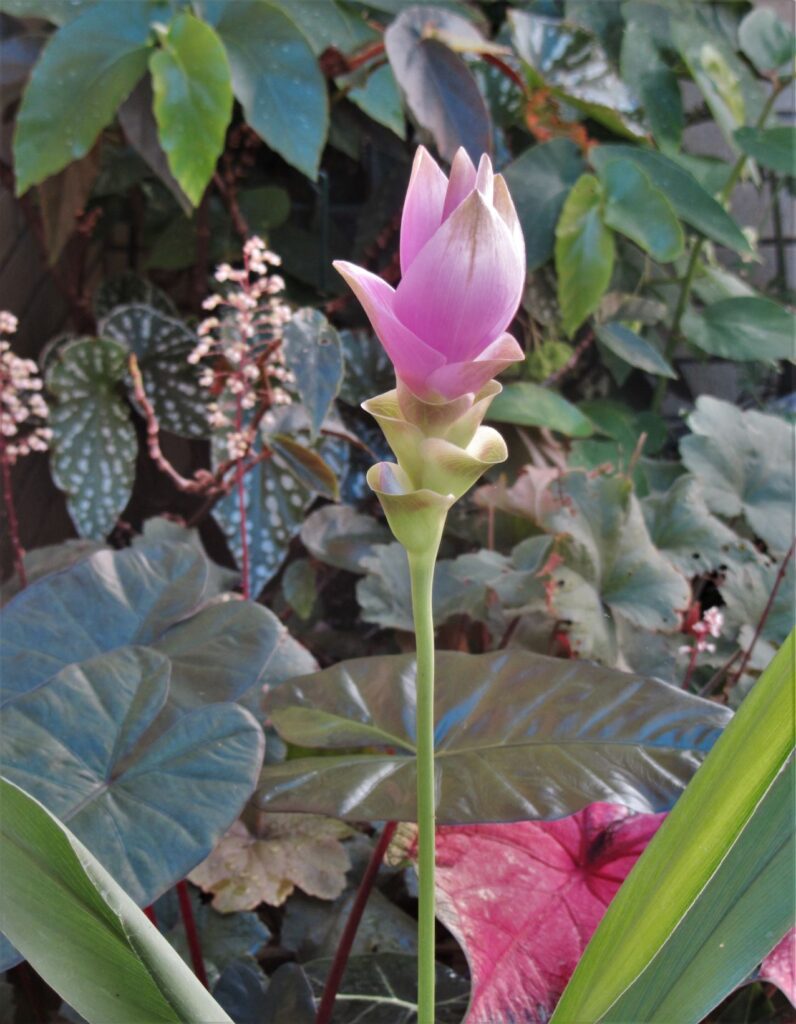
Turmeric, Curcuma longa, is an important Asian medicinal plant, related to ginger, that can grow to 4′ tall and wide. It is hardy in Zones 8-11 and prefers very moist, acidic soil. Turmeric has beautiful flowers and leaves. Harvest the rhizomes to use in cooking .
Plant fresh ginger or turmeric in a pot horizontally, just under the soil. They are beautiful foliage plants and may bloom outside by late summer. Both are tender but will grow indoors through the winter in bright light. Begin to harvest some of the rhizome around the edges of the plant after a few months of growth.
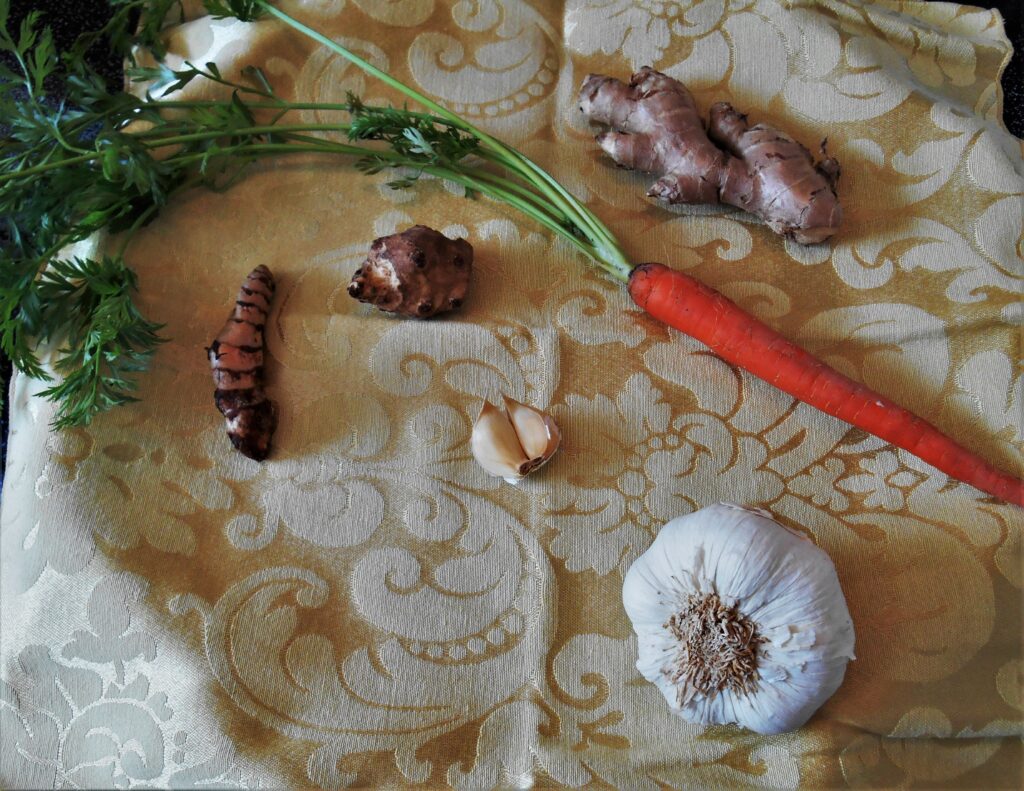
From bottom right: Garlic head and cloves, carrot, ginger, Jerusalem artichoke, and turmeric. Plant garlic, ginger, turmeric and the Jerusalem artichoke about an inch deep in pots or directly in the garden. Jerusalem artichoke, or sunchoke, is an edible North American native hardy to Zone 3 that will naturalize.
Find small pots of herbs in the produce section to re-pot or plant out into the garden. Tender herbs, like cilantro or basil need protection from frost until the weather settles. Take cuttings to root stems of most herbs in water or pots of moist sand or soil. A single plant of basil, and most other herbs, can produce an unlimited number of plants grown from cuttings.

Break each stem from the potato right where they join. Root these ‘slips’ in water, or plant them directly into moist soil where they will soon take root. bury all but the top 2 to 3 nodes for best rooting.
Partially plant a sweet potato in damp sand or potting soil to grow ‘starts’ for your garden. New stems, gently pulled away from the potato, will root in water or moist soil. Use these to grow a crop of sweet potatoes or to fill out hanging baskets and planters with beautiful vines. The leaves are edible fresh or cooked and may be used like spinach.

Daucus carota flowers grow from a grocery store carrot. This is a biennial, and so lasts only for a few months. The flowers attract beneficial insects and may be cut for arrangements.
Carrots will still grow for another season. Their flowers look like Queen Anne’s lace and support pollinators. Any carrot that still has its crown can grow new roots and leaves. Plant it vertically in a pot, or directly in the ground, with the crown right at ground level and add a few inches of mulch. Keep it well-watered while it grows new feeder roots and leaves emerge from the crown. It will bloom before mid-summer.
Break apart a head of garlic and plant the cloves about 6” apart and 2-3 inches deep. Usually planted in fall, you can still plant cloves in late winter. Each clove should grow into a new head of garlic and will produce edible greens and flowers in early summer.
Some grocery stores also sell yucca, horseradish, and taro roots. They will produce beautiful plants if you plant them instead of eating them. Cactus pads may also root and grow into cactus plants if planted in moist sand or coarse soil.

Calla lilies are generally hardy to Zone 7. Start a tuber this spring and enjoy the plant for years to come.
Gardening teaches us how to work with nature and natural processes to accomplish a lot with just a small beginning. While it may still be cold and grey outside, little things we do now give us a good start on the gardening season. With a bit of imagination and care we can produce a variety of interesting plants with very little financial investment. Patience, creativity, and resourcefulness yield beautiful and tasty rewards.
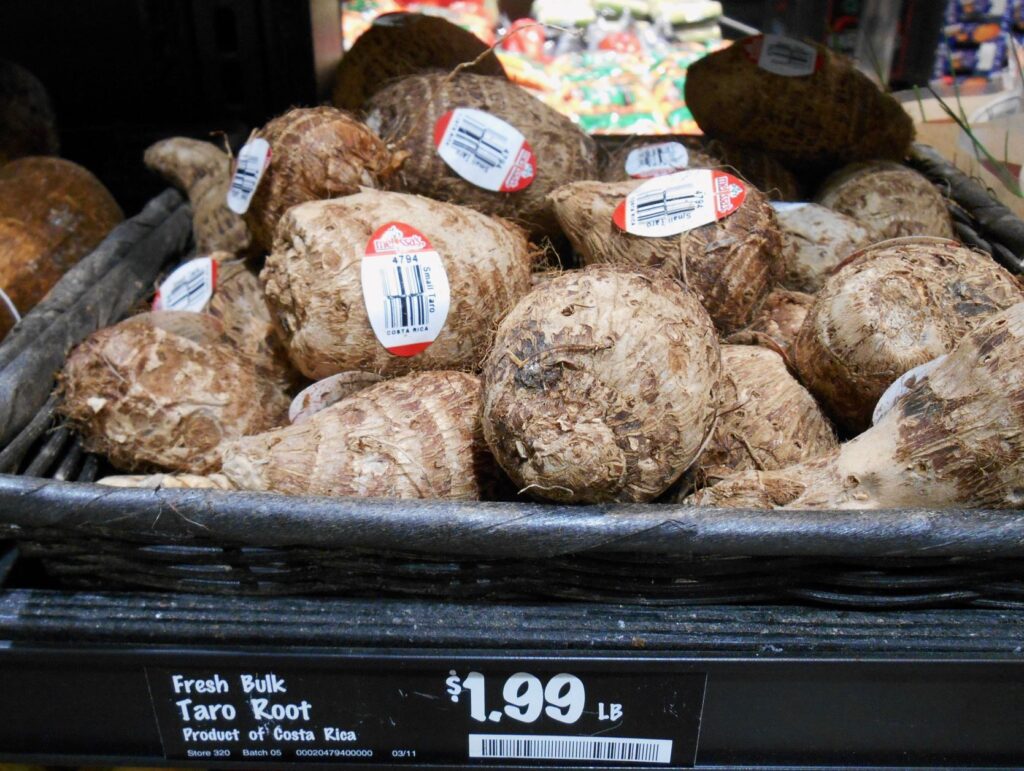
Taro is the tuber of Colocasia esculenta. Plant these tubers for dramatic, ‘elephant ear’ tropical foliage. The entire plant is mildly poisonous if eaten and the tuber must be cooked to consume.
All Photos by Elizabeth McCoy, Master Gardener Tree Steward
Explore Further:
Druse, Ken. Making More Plants: The Science, Art and Joy of Propagation. Stewart, Tabori and Chang. 2012.

